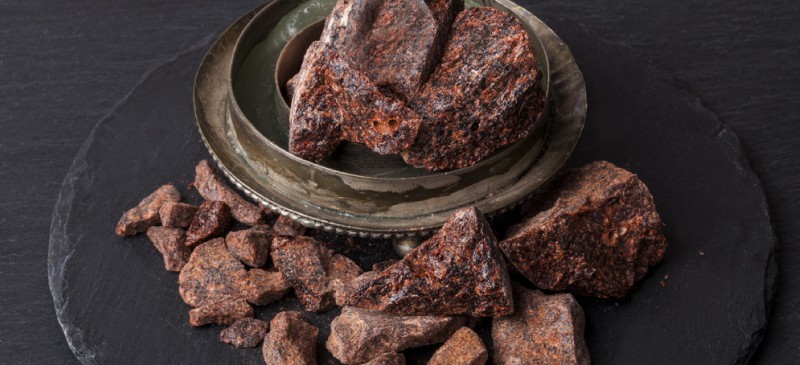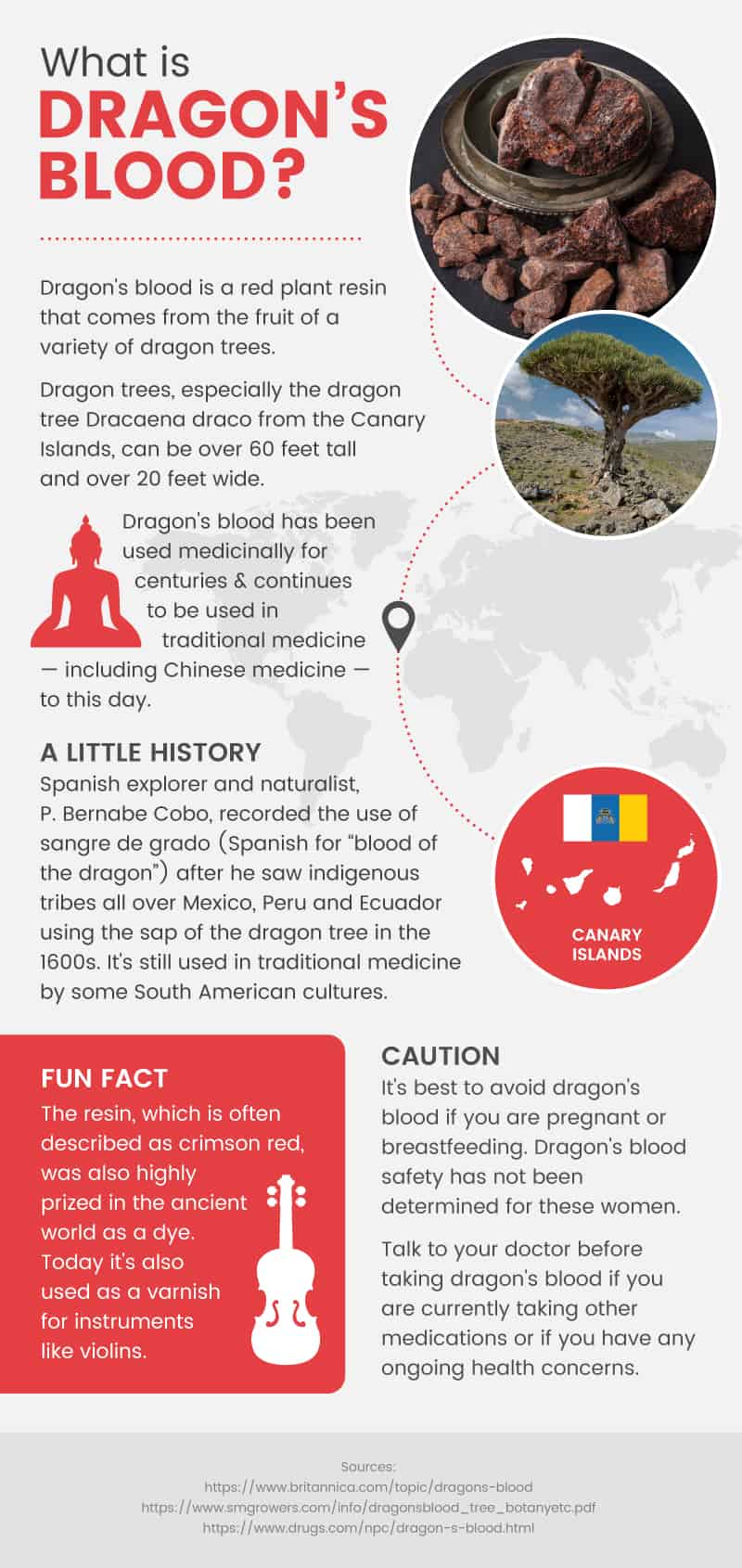This Dr. Axe content is medically reviewed or fact checked to ensure factually accurate information.
With strict editorial sourcing guidelines, we only link to academic research institutions, reputable media sites and, when research is available, medically peer-reviewed studies. Note that the numbers in parentheses (1, 2, etc.) are clickable links to these studies.
The information in our articles is NOT intended to replace a one-on-one relationship with a qualified health care professional and is not intended as medical advice.
This article is based on scientific evidence, written by experts and fact checked by our trained editorial staff. Note that the numbers in parentheses (1, 2, etc.) are clickable links to medically peer-reviewed studies.
Our team includes licensed nutritionists and dietitians, certified health education specialists, as well as certified strength and conditioning specialists, personal trainers and corrective exercise specialists. Our team aims to be not only thorough with its research, but also objective and unbiased.
The information in our articles is NOT intended to replace a one-on-one relationship with a qualified health care professional and is not intended as medical advice.
Dragon’s Blood Helps Wound Healing & Skin Care (+ More Dragon’s Blood Benefits)
February 15, 2018

Do you have any idea what dragon’s blood is? I’m not talking about the blood of a mythical creature, but rather the blood-red resin of a tree that has been known to heal wounds, stop bleeding and may even improve some gastrointestinal health problems such as ulcers. With scientifically proven abilities to lower inflammation and kill viruses, dragon’s blood is a lesser-known natural remedy that has centuries of use behind it. (1)
Dragon Blood Plant Origin
Dragon’s blood is a red plant resin “renowned since antiquity for its diverse medicinal properties and uses in art.” What is dragon’s blood plant source? Dragon’s blood comes from the fruit of several palms of the genera Daemonorops, Dracaena, Croton and Pterocarpus. A natural resin — also referred to as a gum or sap — like dragon’s blood is an organic substance that is formed in plant secretions. For a plant, resins perform a protective function defending against pathogens and pests. (2)
Dragon trees, especially the dragon tree Dracaena draco from the Canary Islands, can be over 60 feet tall and over 20 feet wide. Other varieties of dragon trees that contain dragon’s blood include Croton draco of Mexico and Croton lechleri of Peru and Ecuador. (3)
Dragon’s blood is a substance that is often used in Traditional Chinese Medicine. The main chemical components of dragon’s blood are flavonoids, phenols, steroides and terpenoids. According to the Pharmacopoeia of the People’s Republic of China, commercially available dragon’s blood contains resin from four different species of trees and has been used in China to treat chronic colitis and to boost blood circulation for the improvement of blood stagnation, serious injuries and pain. (4)
5 Health Benefits of Dragon’s Blood
1. Wound Healing
When it comes to dragon’s blood for skin health, some research has shown that this herbal remedy may speed up how fast wounds heal! A randomized, double-blind, placebo-controlled clinical trial published in the Journal of Traditional and Complementary Medicine looked at the effects of dragon blood on the wounds of 60 human patients between 14 and 65 years of age. Members of one group used dragon’s blood on their wounds while the other group used a placebo cream.
The researchers checked on the subjects’ wounds on the 3rd, 5th, 7th, 10th, 14th, and 20th day of the trial to evaluate the healing process and to measure the wound’s surface area. What did they find? The dragon’s blood cream significantly improved healing, which was noticed by day three and may likely be due to a shortening of the inflammation process. The researchers believe the presence of phenolic compounds such as proanthocyanidins and catechin, as well as the alkaloid taspoine, are the main components that make this plant resin able to improve wound healing. (5)
2. Antibacterial Abilities
An interesting study conducted several years ago examined the possibility of dragon’s blood as a safer more natural food preservative. As you probably know, there are a lot of questionable additives used to keep food products on the shelves longer these days. This in vitro study published in the journal BMC Complementary and Alternative Medicine looked at both the antioxidant and antimicrobial activities of dragon’s blood resin obtained from the dragon blood tree known more formally as Dracaena cinnabari.
The researchers tested three dragon blood extracts for their potential ability to kill a variety of food borne pathogens such as E. coli and Salmonella enteritidis. The study found that the CH2Cl2 extract “exhibited good inhibitory activity against bacterial and fungal food pathogens.” Overall, dragon’s blood resin may in fact be a potential food preservative. (6)
3. Anti-Diarrheal Properties
Multiple studies have looked at dragon blood’s ability to improve a very common gastrointestinal concern: diarrhea. An animal study published in the journal Phytotherapy Research observed that the red resin was able to improve diarrhea (induced by castor oil) in animal subjects. It significantly inhibited small intestinal transit and seems as though it has potential to control some cases of diarrhea. (7)
A standardized dragon’s blood product (SP-303) is not currently available yet has been studied for the treatment of diarrhea at doses of 125 to 500 milligrams per day and the results are interesting. The double-blind, placebo-controlled study published in The American Journal of Gastroenterology had 184 subjects from the United States who acquired diarrhea in Jamaica or Mexico. These subjects were treated with either 125, 250 or 500 milligrams of SP-303 or a matching placebo four times a day for two days. The study subjects were required to keep track of their symptoms daily and were seen each day for three days. Overall, the study found that the SP-303 was effective in shortening the duration of travelers’ diarrhea by 21 percent. Furthermore, it appears unlikely to lead to “invasive forms of diarrhea” or constipation after treatment. (8)
4. Possible Ulcer Remedy
Researchers at the Chinese Academy of Sciences isolated 22 compounds from Dracaena cochinchinensis, one of several sources of the red resin known as dragon’s blood. Out of the 22, they found that two were particularly effective at killing Helicobacter pylori (also known as H. pylori), which is the bacteria known to cause peptic ulcers. One of the researchers, Dr. Zhao, points out that dragon’s blood would need to be taken in much higher concentrations than the antibiotics commonly prescribed by conventional doctors to treat peptic ulcers. (9, 10)
5. Anti-Aging Skin Care
Did you know that dragon’s blood skin care is actually a thing? It’s true! Many beauty lines (both natural and conventional) have already been including dragon’s blood in their formulations for its anti-aging, anti-inflammatory, protective and rejuvenating effects. Dragon’s blood seems to be an especially popular choice for skin that been compromised by sun exposure, too much exfoliation, or just generally, skin that needs to have inflammation calmed down. (11)

History & Interesting Facts
Spanish explorer and naturalist, P. Bernabe Cobo, recorded the use of sangre de grado (Spanish for “blood of the dragon”) after he saw indigenous tribes all over Mexico, Peru and Ecuador using the sap of the dragon tree in the 1600s. To this day, resin and bark from the Croton lechleri (a type of dragon tree) are used in traditional medicine in South America. (12, 13)
The resin, which is often described as crimson red, was also highly prized in the ancient world as both a dye and a medicine. Today, it’s still valued by many as a medicine. Due to its consistency and color, it’s also used as a varnish for instruments like violins and in photoengraving to prevent undercutting of the printing surface during etching. (14)
Due to habitat loss and over-harvesting, some dragon tree species are currently listed as endangered on the IUCN Red List of Threatened Species. (15)
Thre are many other names for dragon’s blood including: Calamus draco, Daemonorops draco, Draconis Resina, Dracorubin, Dragon’s-blood Palm, Dragonnier, Dragonnier des Canaries, Palmier Sang-Dragon, Sang-Dragon, Sang de Dragon, Sang du Dragon, Sangre de Drago, Sanguis Draconis, and Xue Jie. (16)
While dragon’s blood is used on its own as a natural remedy, it’s also now an ingredient in some pharmaceutical products and may continue to be included in future formulations. Thaspine, a dragon blood component from the species Croton lechleri, has been evaluated for use in cancer treatment. (17)
How to Use Dragon’s Blood
Dragon’s blood is available as a supplement in various forms including liquid tincture and capsules. As always, it’s important to buy high-quality products from reputable companies.
Dragon’s blood incense is available in stores and online, but I recommend avoiding it due to the dangers of incense. What about dragon’s blood oil or dragon’s blood essential oil? Finding USDA certified organic dragon blood oils are not easy to find, but I don’t recommend ever settling for impure, adulterated imposters such as dragon blood fragrance oils, which are pretty definitely just some dangerous synthetic scents.
There is currently no established dose range for dragon’s blood. An appropriate dose of dragon’s blood depends on several factors including the user’s age and health status. Always read product labels carefully and consult a health care professional if you have any questions.
Possible Side Effects and Caution
Dragon’s blood seems to be safe for most adults when taken by mouth. Some say that the safety of using dragon’s blood on the skin is still unclear.
It’s best to avoid dragon’s blood if you are pregnant or breast-feeding because dragon’s blood safety has not been determined for these women.
Possible interactions are also not clear so always speak to your doctor before taking dragon’s blood if you are currently taking other medications or if you have any ongoing health concerns. (17)
Key Points
- Dragon’s blood is a red resin that can come from several different trees often referred to as dragon trees.
- Dragon’s blood has been used medicinally for centuries and continues to be used in traditional medicine — including Chinese medicine — to this day.
- Studies are demonstrating dragon’s blood ability to help with a variety of health concerns in humans including wound healing, diarrhea and ulcers.
- This red resin is also being studied for its potential use as a natural food preservative and even as an anticancer treatment.
- Skin care companies are including dragon’s blood more and more in products designed for anti-inflammatory, anti-aging and skin-soothing results.











